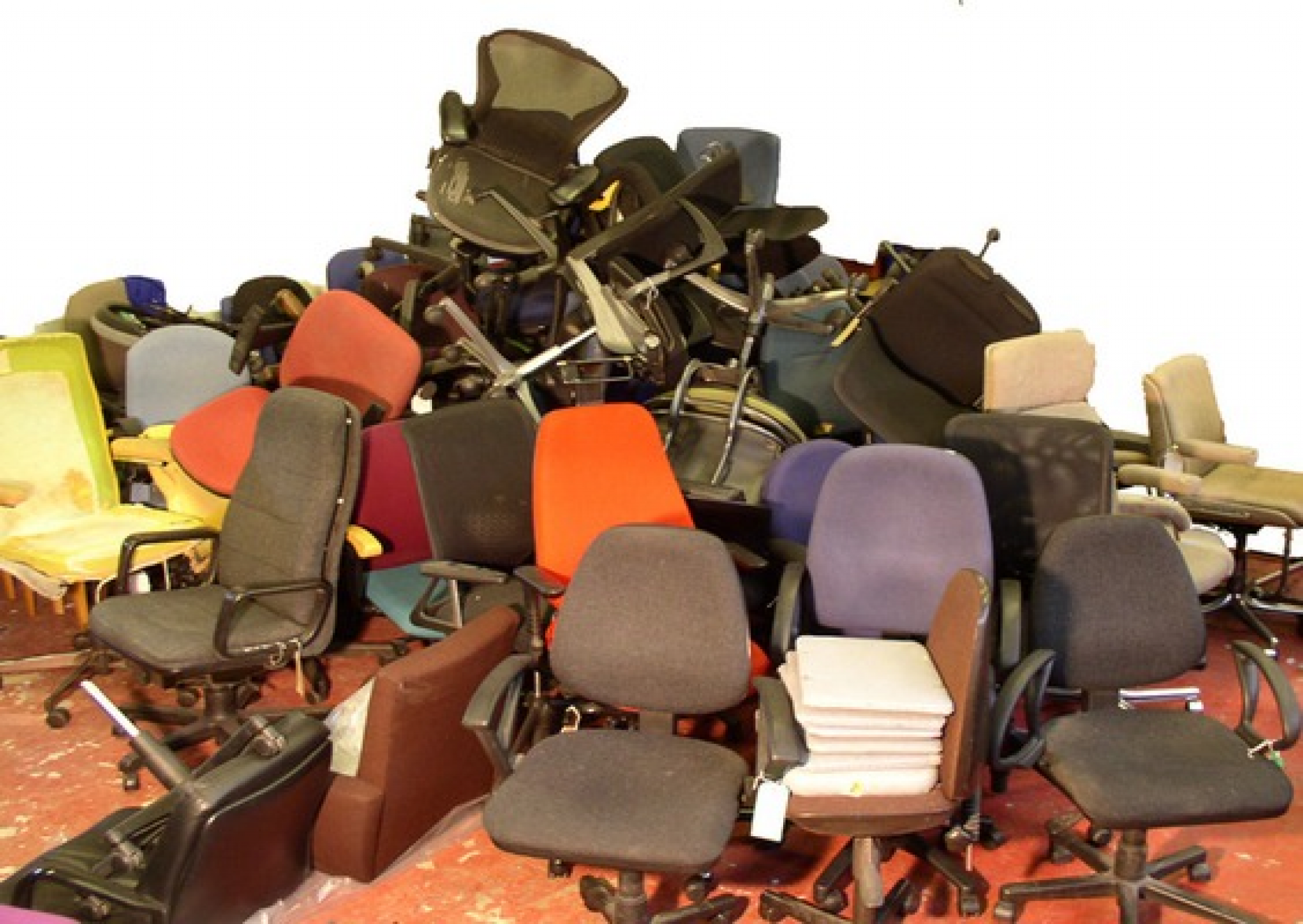Diagnosing the Problem: My Desk Chair Keeps Sinking

The slow, agonizing descent into the depths of your desk chair—a familiar tragedy in the modern office, a silent testament to the relentless march of entropy. It’s a problem as ubiquitous as the lukewarm coffee perpetually residing in the breakroom carafe, yet often met with a shrug and a resigned sigh. But let us, for a moment, dissect this sinking feeling, this gradual surrender to the gravitational pull of the floor. We will unearth the culprits responsible for this upholstered indignity.
My desk chair keeps sinking – The sinking sensation is rarely a single, dramatic event; rather, it’s a creeping malaise, a subtle yielding that gradually transforms your once-proud posture into a slouch of despair. Understanding the root cause is the first step towards restoring your upright dignity. This involves a careful examination of the chair’s components, a process akin to performing a post-mortem on a fallen warrior.
Common Causes of Desk Chair Sinking
Several factors can contribute to a sinking desk chair. These range from the gradual wear and tear of everyday use to more catastrophic failures. The following table summarizes common causes, their symptoms, likelihood, and potential solutions. Note that likelihood is subjective and depends on factors like chair quality and usage.
| Cause | Symptoms | Likelihood | Potential Solutions |
|---|---|---|---|
| Worn-out Foam Cushioning | Gradual sinking, especially in frequently used areas; loss of support and comfort. | High (especially with prolonged use) | Replacement of cushioning foam; reupholstering. |
| Gas Cylinder Issues | Sudden or gradual sinking; inability to adjust height; hissing sound from the cylinder. | Medium (dependent on cylinder quality and usage) | Replacement of the gas cylinder; professional repair. |
| Structural Damage to the Frame | Uneven sinking; instability; visible cracks or breaks in the frame. | Low (unless subjected to significant impact or misuse) | Repair or replacement of the damaged frame; professional assessment. |
| Weakened or Broken Internal Mechanisms | Inconsistent sinking; difficulty in adjusting chair features (tilt, recline); unusual noises. | Medium (often linked to wear and tear) | Repair or replacement of internal components; professional assistance may be required. |
Chair Type and Sinking Vulnerabilities
The susceptibility of a desk chair to sinking varies depending on its design and materials. Ergonomic chairs, often constructed with more complex mechanisms and higher-quality components, may exhibit different failure modes than simpler executive or gaming chairs. For instance, the intricate adjustment mechanisms in ergonomic chairs might be prone to wear, leading to uneven sinking. Gaming chairs, with their focus on robust support, may be more resistant to general wear but could experience issues with their substantial foam cushioning over time. Executive chairs, often relying on simpler construction, might show more readily apparent structural weaknesses.
Troubleshooting Flowchart, My desk chair keeps sinking
A systematic approach is crucial to pinpoint the cause of your chair’s sinking. The following flowchart provides a step-by-step guide based on observable symptoms.
Start: Is the sinking gradual or sudden?
Gradual: Check cushioning for wear. If worn, replace or reupholster. If not, proceed to structural assessment. Check for frame cracks or instability. If found, repair or replace frame.
Sudden: Check the gas cylinder for leaks or damage. If found, replace the cylinder. If no leak, inspect internal mechanisms for breakage. Repair or replace as needed.
Structural Assessment: Examine the chair’s frame for cracks or weaknesses. If found, seek professional repair or replacement.
Internal Mechanism Inspection: Carefully examine all moving parts for breakage or wear. Replace damaged components.
End: Your chair should be restored to its former glory (or at least, a more comfortable state).
